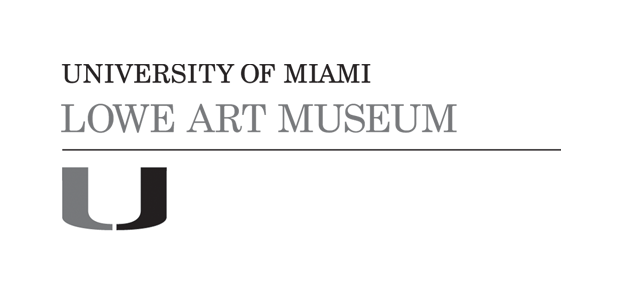Guardian Lion
Artist/Maker
Fon people
(Benin)
Datenot dated
CultureFon
Mediumwood and copper alloy
DimensionsOverall: 24 3/4 x 26 1/2 x 9 1/2 in. (62.9 x 67.3 x 24.1 cm)
ClassificationsVisual Works
Credit LineGift of Alan Potamkin
Terms
Object number2007.48.103
On View
Not on viewCollections













